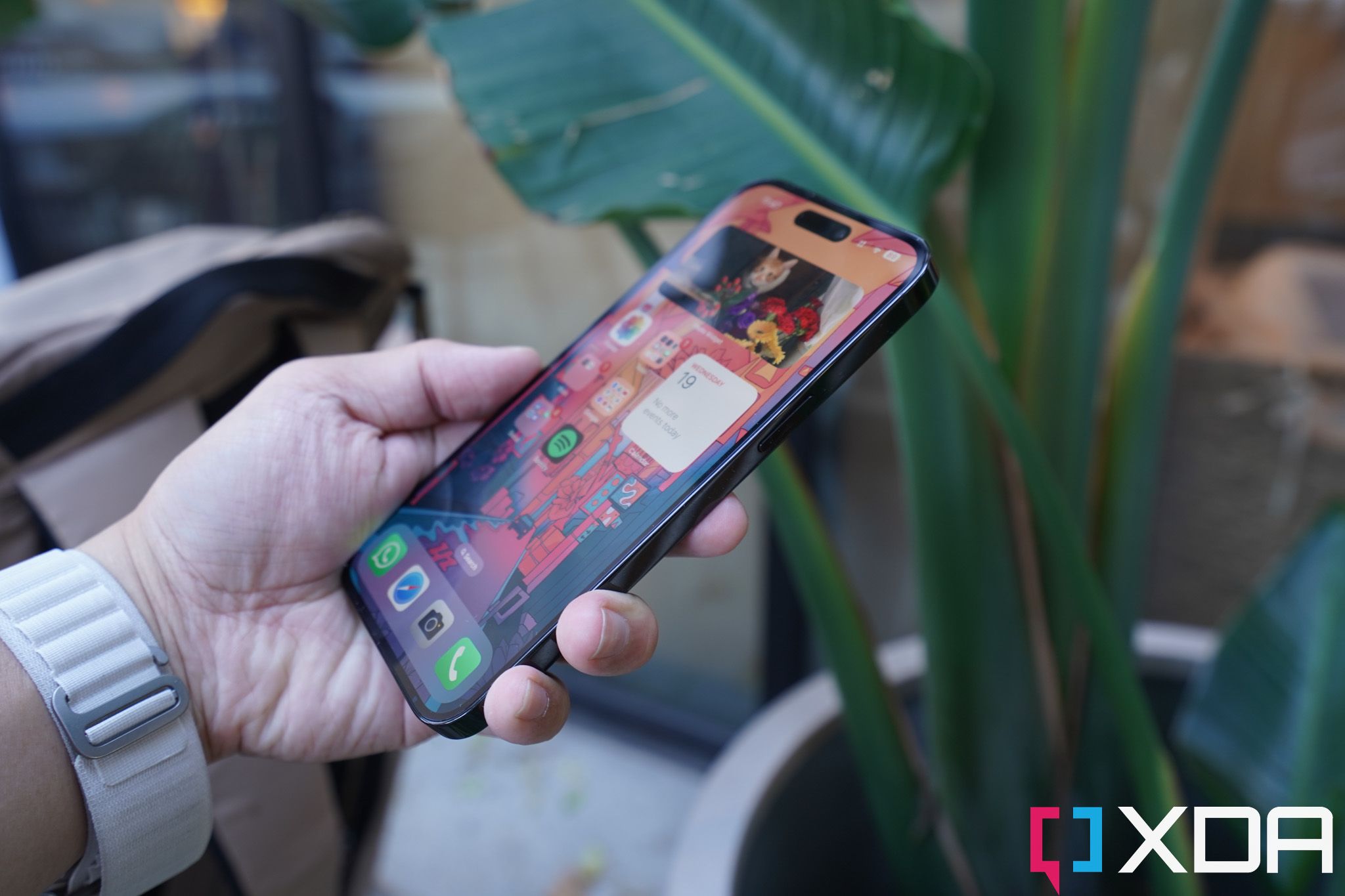Premature leaks are a double-edged sword. On one hand, we get a glimpse at future tech months before an official reveal. On the other, though, our higher expectations are not always met, especially when companies scrap plans prior to announcing them. We had been reading rumors from reliable sources about Apple potentially switching from physical buttons to solid-state buttons on the iPhone 15 Pro and iPhone 15 Pro Max. However, according to a fresh report from the reputable analyst Ming-Chi Kuo, it appears that this may no longer be the case.
My latest survey indicates that due to unresolved technical issues before mass production, both high-end iPhone 15 Pro models (Pro & Pro Max) will abandon the closely-watched solid-state button design and revert to the traditional physical button design.
For those unfamiliar, solid-state buttons would've replaced the physical mechanism by depending on pressure-sensitive sensors and haptic feedback that mimic a click. The behavior would be similar to that of the solid-state Home button available on the iPhone 7 and other recent non-notched iPhone models. Rumors had also pointed to the possibility of remapping the new silent switch and using it for other functionalities. But now that these plans have reportedly been canceled, we may need to wait for the iPhone 16 Pro to get our hands on these changes.
The iPhone 15 and iPhone 15 Pro will likely launch in September later this year. We expect Apple to strike the Lightning port on all four models in favor of USB Type-C. Meanwhile, the Pro variants could get some exclusive perks, such as a tweaked design and titanium body. Apart from that, we believe that all models will feature the Dynamic Island cutout, which is currently exclusive to the iPhone 14 Pro and iPhone 14 Pro Max. It certainly is a shame that we may not see the solid-state buttons this year, as they would've made these redundant annual releases a tad more interesting.
Do you plan on buying an iPhone 15? Why or why not? Let us know in the comments section below.
Source: Ming-Chi Kuo

